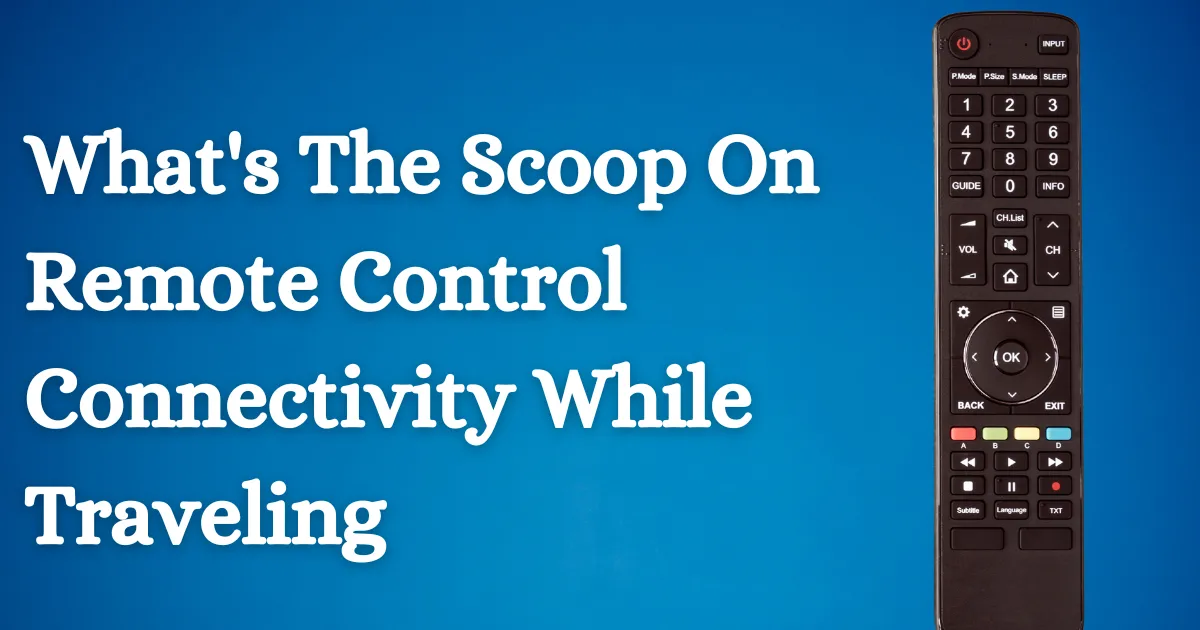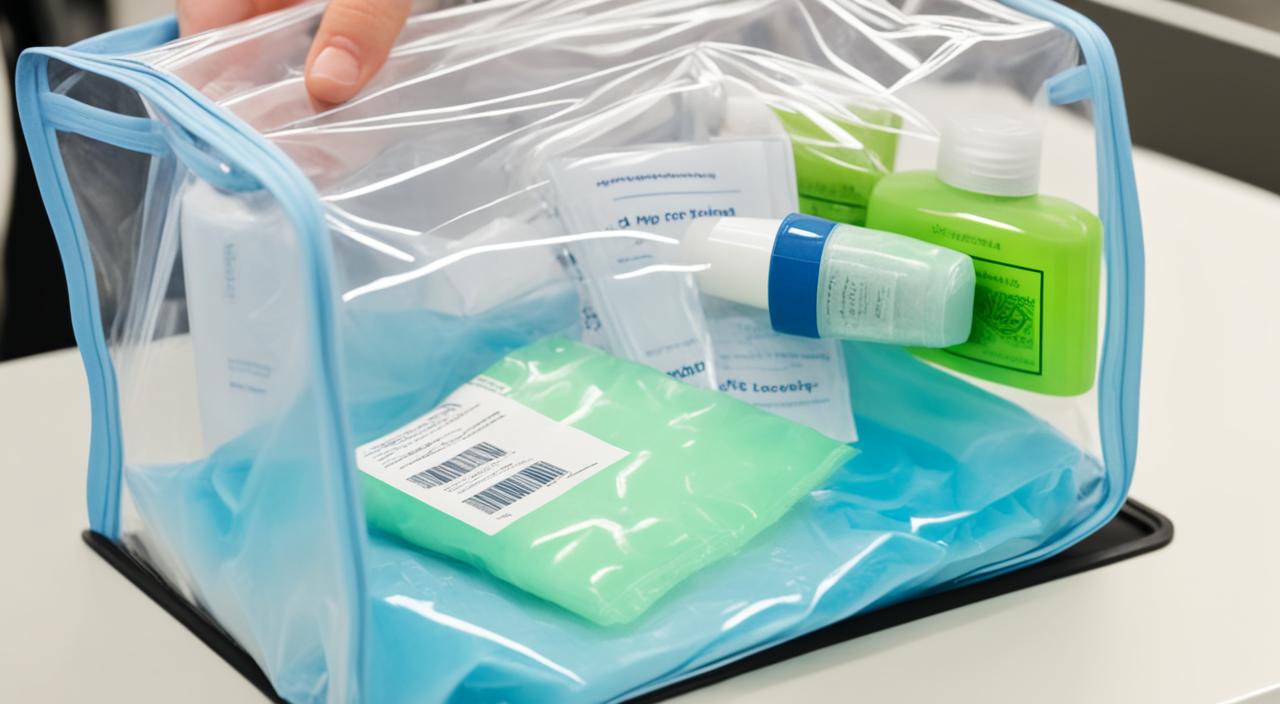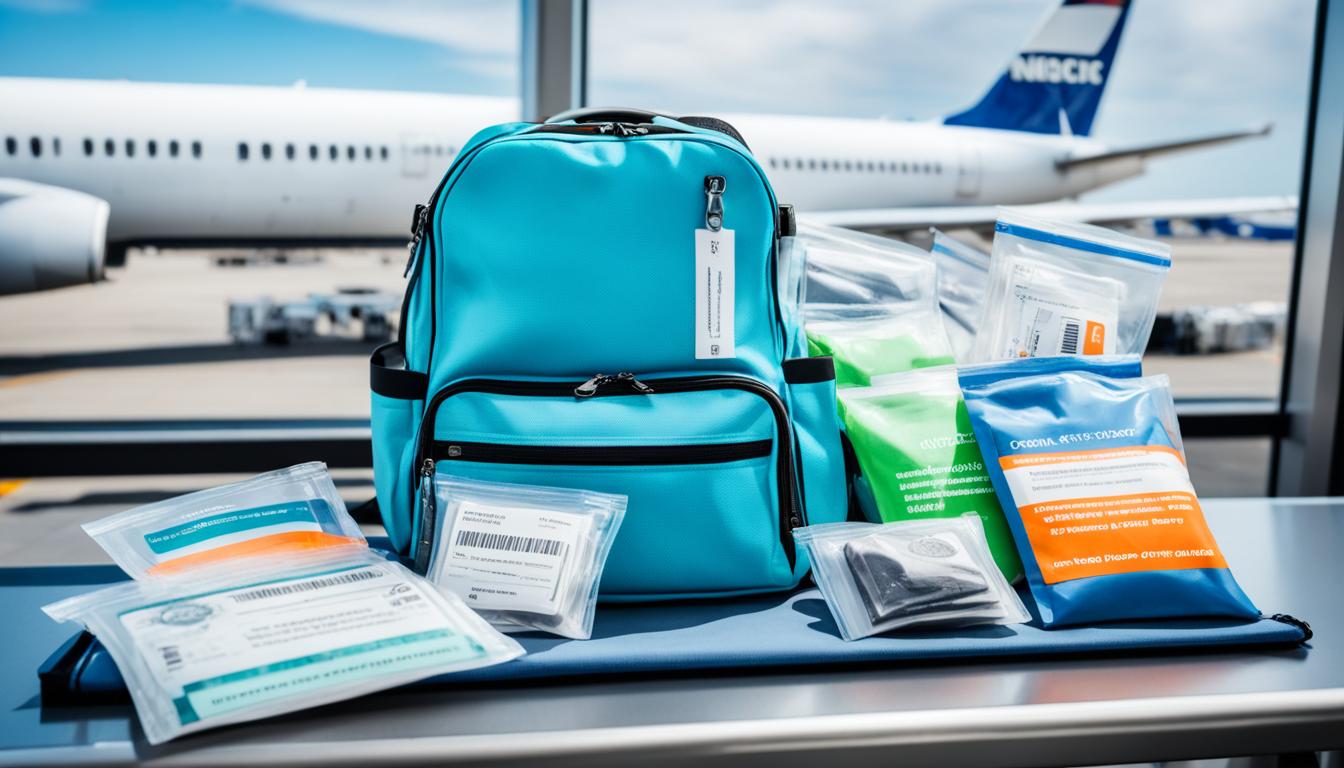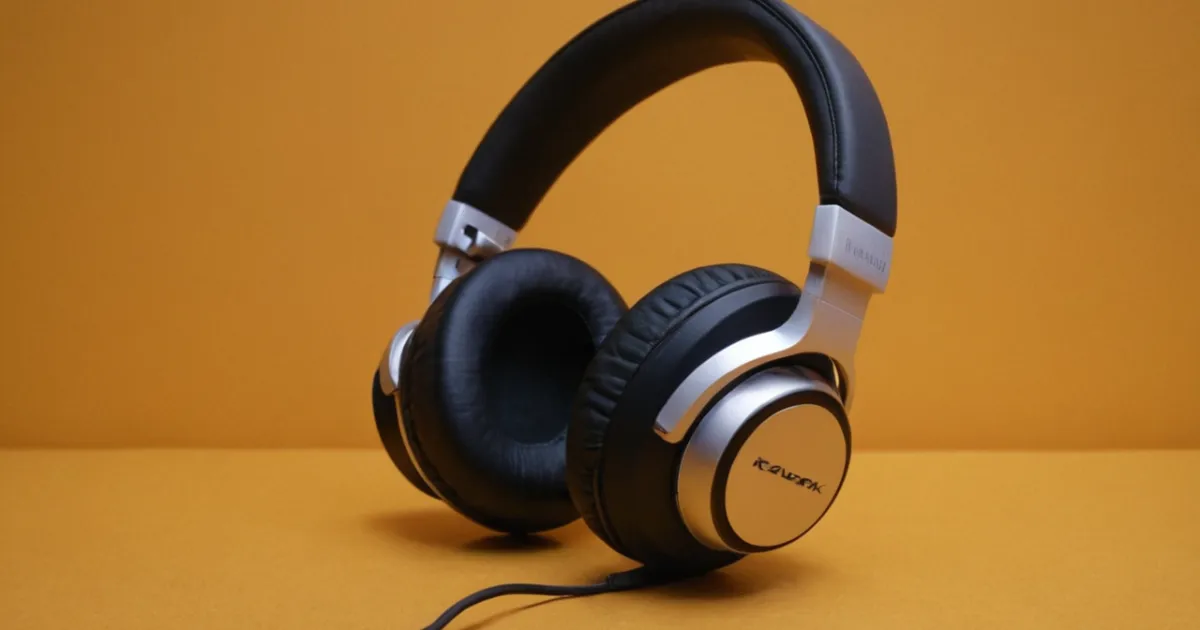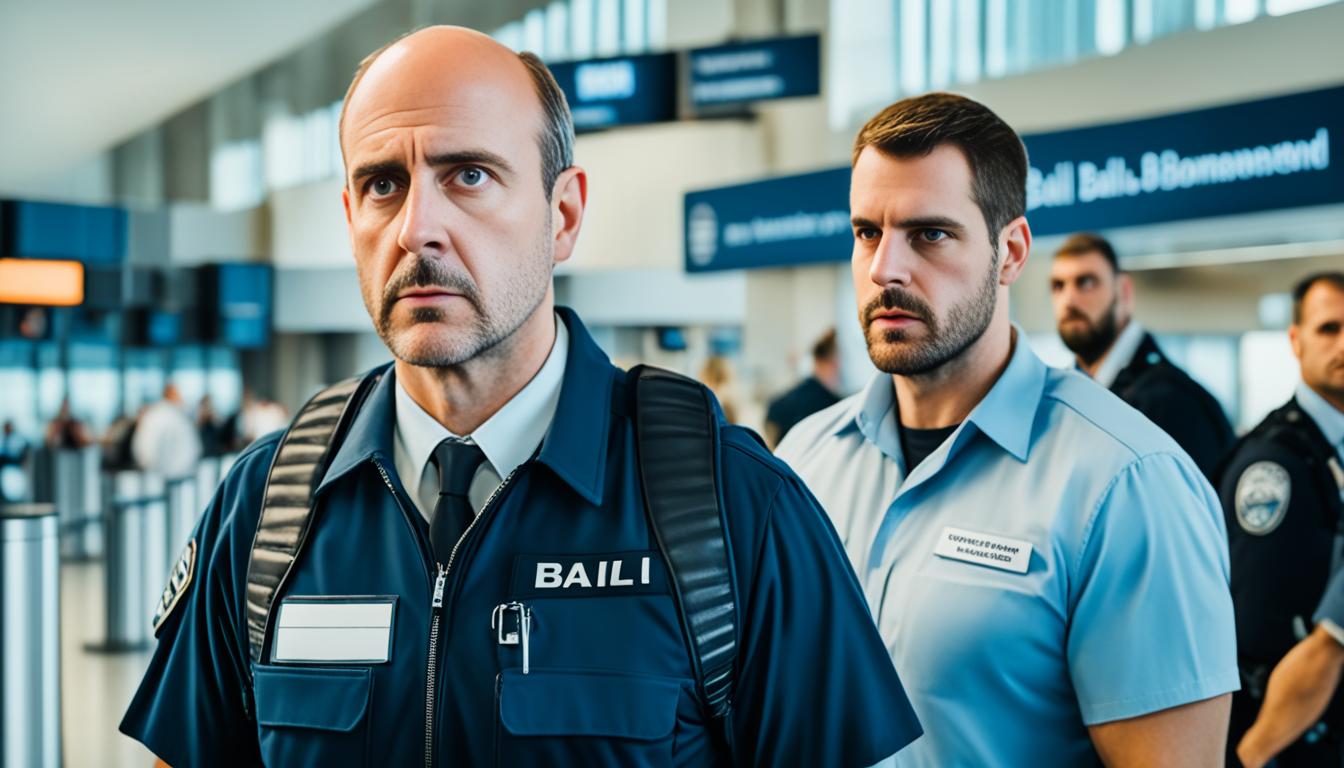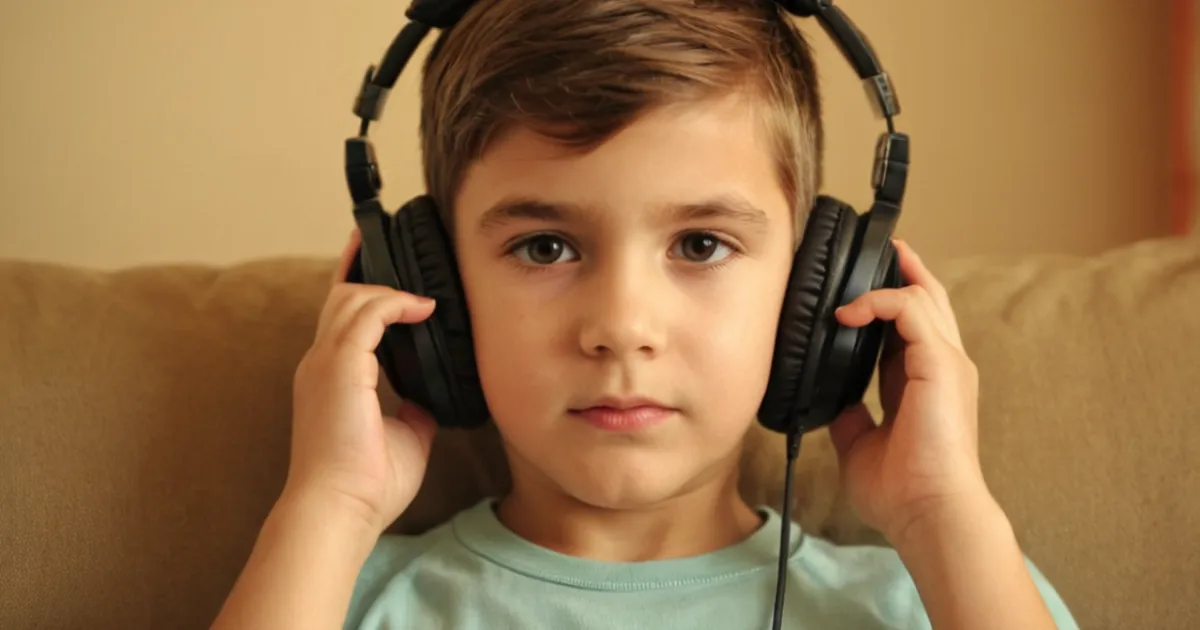
Are you wondering if it’s safe for your kids to use travel headphones? Well, you’ve come to the right place! In this article, we’ll explore the safety considerations and benefits of using travel headphones for children.
Nowadays, many families rely on travel headphones to keep their little ones entertained during long journeys. But safety should always come first, especially when it involves our children. So, let’s dive in and find out if travel headphones are a safe choice for them.
When it comes to our kids’ well-being, we want to make sure we’re making informed decisions. So, join us as we discuss the safety aspects of travel headphones for children and equip you with the knowledge you need to make the right choice for your family.
Is It Safe for Children to Use Travel Headphones?
Travel headphones are generally safe for children to use, as long as certain precautions are taken. It’s important to choose headphones specifically designed for children, with volume limiters to protect their hearing.
Additionally, parents should supervise their children while using headphones and ensure that they are using them responsibly. Regular breaks and limited listening times can help prevent any potential damage to their ears. Overall, with proper guidance and the right headphones, travel headphones can be a safe option for children.
The Impact of Loud Music on Children’s Hearing
Exposure to loud noises, including loud music, can have detrimental effects on anyone’s hearing, regardless of age. Children’s ears are particularly sensitive as their auditory systems are still developing. Prolonged exposure to loud noise can cause permanent damage, leading to hearing loss and other related issues. When it comes to travel headphones, the volume levels and duration of use play a crucial role in determining their safety for children.
It is vital for parents to monitor the volume levels of the headphones and set a maximum limit that is safe for their child’s ears. Additionally, parents should limit the duration of use, ensuring that their child takes regular breaks from wearing the headphones. By establishing these boundaries, parents can mitigate the risks associated with travel headphones and protect their child’s hearing health.
Moreover, parents should consider purchasing headphones specifically designed for children. These headphones often come with built-in volume limiters, ensuring that the sound does not exceed safe levels. Some models even feature additional safety mechanisms, such as soft padding and adjustable headbands, to provide extra comfort and protection for young ears.
Benefits of Travel Headphones
While concerns about safety are understandable, travel headphones also offer various benefits for children. Firstly, they can provide a peaceful and quiet environment during travel, which can be particularly useful on noisy airplanes or trains. This allows children to concentrate on activities such as reading, drawing, or watching educational videos without distraction.
Secondly, travel headphones can be a valuable tool for entertainment and education. They enable children to enjoy their favorite movies or shows during long journeys, keeping them engaged and reducing restlessness. Additionally, travel headphones can provide access to educational audio content, such as language lessons or storytelling, enhancing the child’s learning experience.
Moreover, travel headphones can be a practical solution for parents. With children occupied and entertained, parents can have some peace and focus on other tasks or simply relax during the journey. This can make travel less stressful and more enjoyable for the whole family.
Tips for Safe and Responsible Headphone Use
To ensure the safe and responsible use of travel headphones for children, here are some tips for parents:
- Set and enforce volume limits that are safe for your child’s age and hearing health.
- Teach your child about responsible headphone use, including the importance of taking breaks and not sharing headphones with others.
- Choose headphones specifically designed for children with built-in volume limiters and additional safety features.
- Encourage your child to use headphones in moderation and engage in other activities during travel, such as reading or playing games that do not require headphones.
- Regularly check your child’s headphones for any damage and replace them if necessary to maintain optimal safety and sound quality.
By following these tips, parents can ensure that their child’s experience with travel headphones is enjoyable, safe, and beneficial.
Research on the Effects of Travel Headphones on Children’s Hearing
Researchers and experts have conducted studies on the effects of headphone use, including travel headphones, on children’s hearing. These studies have explored the potential risks and factors that contribute to hearing damage in children.
One study conducted by the World Health Organization (WHO) found that approximately 50% of teenagers and young adults from middle- and high-income countries are exposed to unsafe levels of sound through personal audio devices. This highlights the need for awareness and responsible use of headphones, particularly among younger individuals.
Other research has shown that prolonged exposure to high-volume levels, such as those experienced when using travel headphones, can lead to noise-induced hearing loss (NIHL) in children. NIHL occurs when the hair cells in the inner ear are damaged by loud sounds, resulting in permanent hearing loss. This emphasizes the importance of setting volume limits and ensuring breaks from headphone use to prevent long-term hearing damage in children.
Tips for Choosing Safe Travel Headphones for Children
When selecting travel headphones for your child, there are a few factors to consider to ensure their safety:
- Look for headphones specifically designed for children, which often come with built-in volume limiters.
- Check for additional safety features, such as soft padding and adjustable headbands, to provide comfort and protect young ears.
- Read reviews and consider recommendations from experts or other parents who have tested and reviewed various headphones for children.
- Ensure that the headphones have good sound quality, as low-quality headphones may require higher volume levels to deliver clear audio, increasing the risk of hearing damage.
By taking these precautions and choosing suitable headphones for your child, you can minimize the potential risks associated with travel headphone use.
Finding a Balance: Recommendations for Parents
Ultimately, the question of whether it is safe for children to use travel headphones depends on responsible and informed use. Parents should be proactive in monitoring volume levels, enforcing breaks, and choosing headphones designed specifically for children. By striking a balance between entertainment and safety, travel headphones can be a valuable tool for keeping children engaged and entertained during long journeys.
Remember, it is crucial to prioritize your child’s hearing health by setting and enforcing volume limits and promoting responsible headphone use. With the right precautions and awareness, travel headphones can be a beneficial accessory that enhances your child’s travel experience without compromising their hearing safety.
Frequently Asked Questions
Here are answers to common questions regarding the safety of travel headphones for children.
1. How can I ensure that travel headphones are safe for my child?
When choosing travel headphones for your child, prioritize safety features. Look for headphones specifically designed for children, which often include volume-limiting technology to protect their ears. Additionally, opt for headphones with a comfortable fit, adjustable headbands, and soft cushioning to prevent discomfort or injuries.
It’s also important to teach your child how to use headphones responsibly. Encourage them to keep the volume at a safe level and take regular breaks from using headphones to prevent long-term damage to their hearing.
2. Are travel headphones suitable for children of all ages?
Travel headphones are available in different sizes and styles to cater to children of various ages. From over-ear headphones for younger children to in-ear options for older kids, there are options suitable for every age group. It’s essential to choose headphones that fit your child properly to ensure comfort and safety.
For younger children, consider headphones designed with child-friendly features like colorful designs and durable materials. Older children may prefer wireless options for greater convenience. Assess your child’s age, preferences, and maturity level to select the most appropriate travel headphones for them.
3. Can travel headphones cause hearing damage to children?
If used improperly, travel headphones can potentially cause hearing damage to children. It’s crucial to choose headphones with volume-limiting technology that restricts the maximum volume to a safe level, typically around 85 to 90 decibels. Encourage your child to keep the volume at a moderate level and limit their daily headphone usage.
Regular breaks from using headphones are also essential to give your child’s ears a rest. Educate your child about the importance of maintaining a safe volume level and the potential risks of prolonged exposure to loud sounds to ensure their hearing health.
4. Are wireless travel headphones safer for children compared to wired ones?
In general, wireless travel headphones can offer some safety benefits for children compared to wired ones. Wireless headphones eliminate the risk of entanglement or strangulation that comes with cords. They give children more freedom of movement without the worry of tripping or getting caught in the wires.
However, it’s important to consider other safety factors, such as the headphones’ design and features, regardless of whether they are wireless or wired. Choose headphones that prioritize comfort, proper fit, and volume control to ensure the utmost safety for your child.
5. What are some signs that the volume is too loud for my child’s headphones?
There are a few signs to watch out for that indicate the volume may be too loud for your child’s headphones. Pay attention if your child complains of ringing or buzzing sounds in their ears, experiences ear pain, or frequently raises the volume to high levels. Additionally, if you can hear the sound leaking from your child’s headphones from a distance, it’s likely too loud.
Encourage open communication with your child and teach them how to recognize and adjust the volume to a comfortable level. By addressing these signs early on, you can protect your child’s hearing and ensure a safer listening experience.
Travel headphones can be safe for children if used correctly and at appropriate volumes.
Parents should consider factors such as volume-limiting features, cushioning for comfort, and durable materials when choosing headphones for their kids.
It is important to supervise children while they are using headphones and teach them about safe listening habits.
Overall, with the right precautions, children can enjoy using travel headphones without compromising their hearing health.

